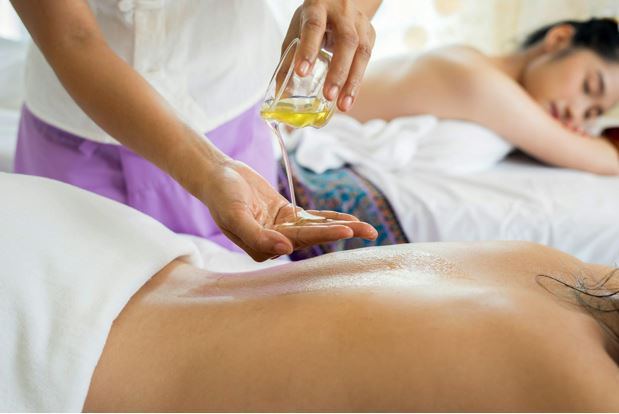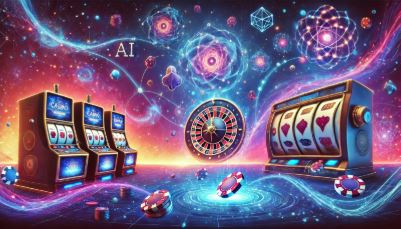How Cultural Traditions Shape Massage Techniques Around the World
Massage techniques, which find their origin in age-old traditions from different parts of the world, have been put to use for much more than just the relaxation of the body. They mirror the values enshrined by culture, spiritual beliefs, and historical practices. From the invigorating oil smells that characterize Ayurvedic massage in India to the rhythmic stretches that characterize Thai massage, such practices are deeply rooted in their respective societies. It nourishes the body, mind, and spirit. Let us see how the various cultures shaped massage techniques into being a deep encounter that connects humans with ancient wisdom.
Ayurvedic Massage: India’s Holistic Approach to Healing
In India, the ritual of Ayurvedic massage, or Abhyanga, was developed hand in glove with the ancient system of medicine known as Ayurveda. The modality, which was developed more than 5,000 years ago, is based on the foundation balance of the body’s energy, or dosha-to create health and harmony. This is not just a style of massage performed to release muscle tension; Ayurvedic massage is considered part of one’s daily ritual to maintain balance of the body, mind, and spirit.
These herbal oils, which have been previously identified for each individual according to the dosha, Vata, Pitta, or Kapha, are rhythmically massaged into the skin. It acts with great efficiency: not only does it nourish the skin and the muscles but also stimulates the marma points of the body. Detoxifying, nervous system-soothing effects-even spiritual well-being that is derived from an oil massage make this treatment an indispensable part of Ayurvedic health.
It is culturally regarded as a means of alignment with nature and oneself through the Ayurvedic massage, hence reflecting India’s holistic perception of health. Whether this is administered in its traditional Indian environment or some sumptuous spa, for example, SPA in Al Barsha, Dubai, the Ayurvedic massage represents a close-to-the-bone relaxation and balance giver.
Thai Massage: The Dance of Energy
Nuad Thai, or Thai massage, is the traditional form of massage in Thailand. It incorporates elements from yoga, acupressure, and Chinese medicine. Thai massage differs from other forms of massage, as the interaction with the patient involves a series of guided stretches along with compression. The movements would be described most accurately as dance-like, designed to stimulate the Sen lines of the body which energy is believed to be similar to Chinese medicine’s concept of meridians.
The cultural meaning of Thai massage is much more than physical. Stemmed from Buddhist beliefs, the healing art is believed to satisfy one with a feeling of compassion and mindfulness. Dynamic, rhythmic motions are an expression of the emphasis on balance and flow in all life in Thailand.
A Thai massage may be administered on the hard, public floor of a busy Bangkok marketplace or on an intimate massage table in a private retreat, maintaining balance in the spiritual and physical manner dear to the Thais. Today, it reaches all corners of the world and wellness centers provide a peep into this variant of massage.
Lomi Lomi: The Ritual of Aloha, Hawaii
Lomi Lomi is the traditional message of Hawaii, and thus deeply rooted in the Aloha philosophy, which expresses love, respect, and integrity with nature. In Hawaiian culture, the spiritual tradition is for certain techniques of healing to be passed down through generations within a family. Lomi Lomi is way more than just a massage; it’s a ritual of love and healing that affects the recipient on an emotional, mental, and physical level.
It is characterized by long, flowing strokes mainly directed to release tension and promote balance, likened to the waves of the ocean. The movement is gentle and yet powerful; it is designed to realign the body’s energy and encourage relaxation. The fluidity of the strokes echoes the Hawaiian belief in the connection of humans with nature, especially the ocean.
Accompanied by prayer or pule, spiritual depth is added to the massage. As Hawaiian culture perceives illness as an indication of imbalance, the balance between the body and soul is the objective of Lomi Lomi.
Conclusion
Massage techniques that come from practically every part of the globe are much more than just remedies for muscle pains and aches. They symbolize centuries of cultural wisdom and tradition, embracing the realms of physical, mental, and spiritual health. From the holistic healing of Ayurvedic massage to the balancing of energies in Thai massage, to the spiritual connection of Lomi Lomi, each method offers unique insights into the values of the culture it originates from.
These different traditions reflect the fact that massage is indeed a universal way to get relaxed, yet it represents an important cultural experience that puts people closer to the very origin of health, balance, and connection with nature.
https://unsplash.com/photos/woman-lying-with-prone-position-cU53ZFBr3lk





